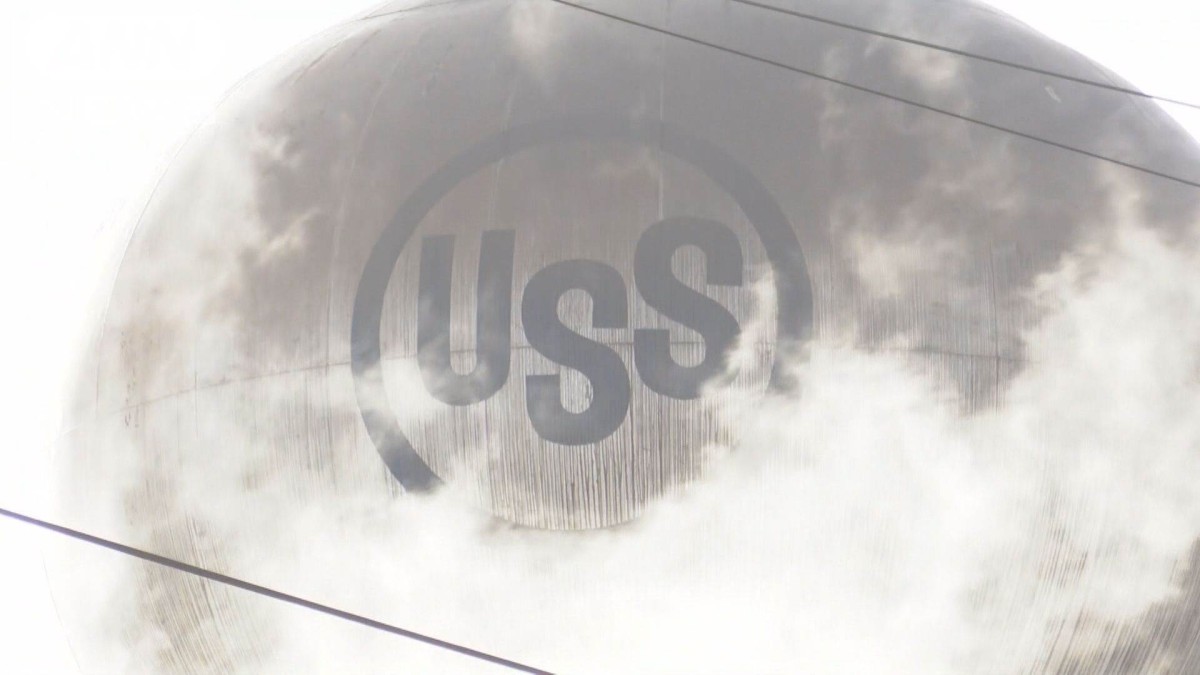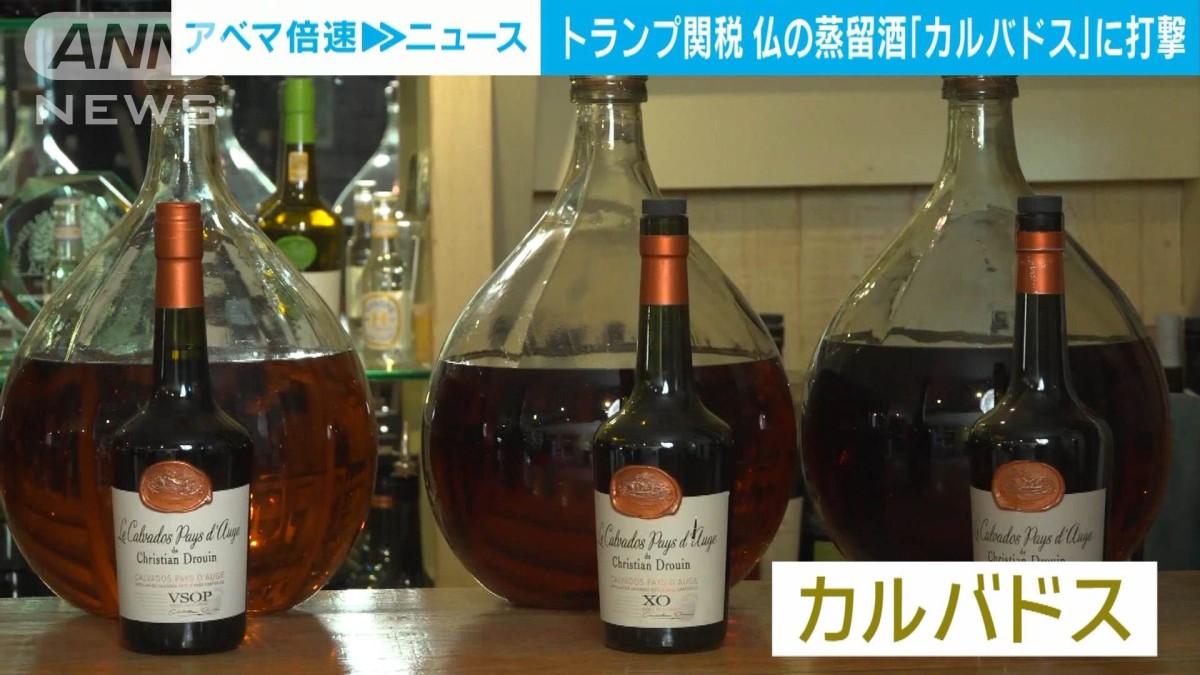米国とデンマークの研究者が、国際宇宙ステーション(ISS)でみそを発酵させる実験を行い、2日の科学誌アイサイエンスに研究結果を発表した。
Researchers from the United States and Denmark conducted an experiment to ferment miso on the International Space Station ISS and published their findings in the scientific journal iScience on the 2nd.
で
作られた
発酵食品は
恐らく
初めて。
Fermented food likely made outside Earth for the first time.
に
存在する
生命の
可能性を
探るとともに、
宇宙飛行士の
食生活を
豊かにする
狙いも
込められている。
In addition to exploring the possibility of life existing in outer space, the aim is also to enrich the diet of astronauts.
した
研究者によると、「
宇宙みそ」は
地球で
作られたみそと
同じ
旨みを
持っていた。
According to the researchers who tasted it, space miso had the same umami flavor as miso made on Earth.
ただし
大きな
違いがあった。
However, there was a significant difference.
みその
方が、
煎ったような
香ばしさやナッツのような
風味が
強かったという。
The space miso had a stronger roasted aroma and nutty flavor.
を
行ったのは
マサチューセッツ工科大学(MIT)のマギー・コブレンツ
氏とデンマーク
工科大学のジョシュア・エバンズ
氏。
The research was conducted by Maggie Coblentz of the Massachusetts Institute of Technology MIT and Joshua Evans of the Technical University of Denmark.
ゆでてつぶした
大豆に
塩と
麹(こうじ)を
混ぜ、
小さな
容器に
入れて2020
年3月にISSに
届けた。
Boiled and mashed soybeans were mixed with salt and koji, placed in a small container, and delivered to the ISS in March 2020.
30
日間発酵させて
出来上がったみそは、
地球へ
戻して
味や
風味を
調べた。
The miso, which was fermented for 30 days, was returned to Earth to examine its taste and flavor.
の
中のみそは、センサーを
使って
温度や
相対湿度、
圧力、
放射線を
測定していた。
The miso inside the container was being monitored for temperature, relative humidity, pressure, and radiation using sensors.
では
比較のため、
米マサチューセッツ
州ケンブリッジとデンマークのコペンハーゲンでもみそを
発酵させた。
In the experiment, for comparison, miso was fermented in Cambridge, Massachusetts, USA, and Copenhagen, Denmark.











